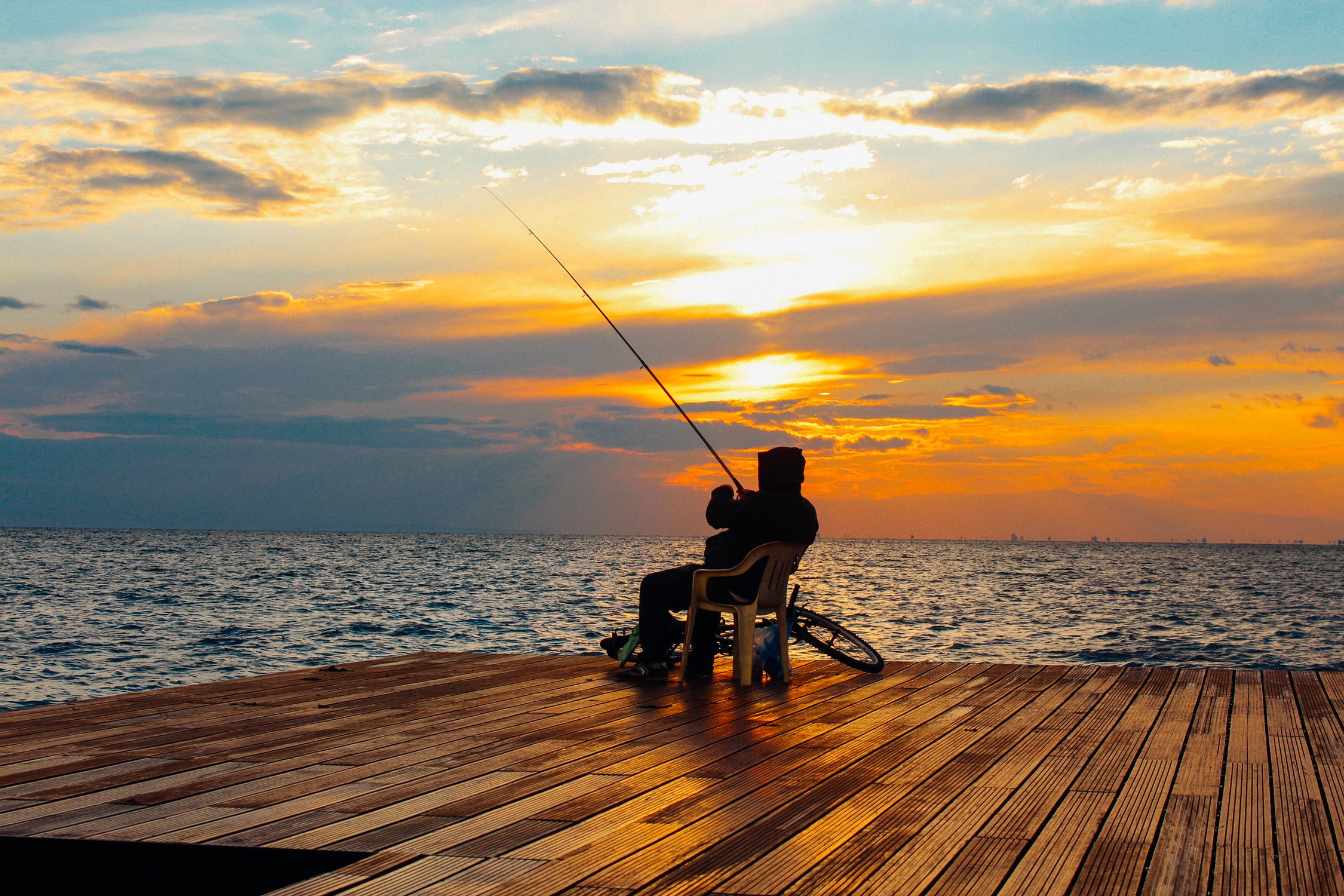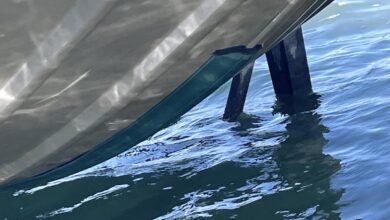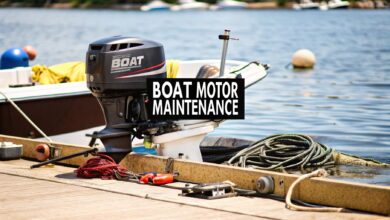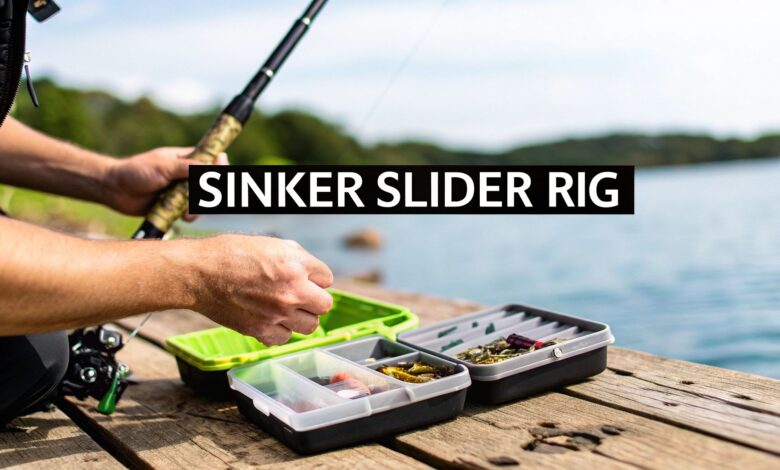
If you're a bait angler, you know the frustration of a fish dropping your bait. This often happens the second it feels the weight of the sinker. The sinker slider rig is the elegant solution to that age-old problem.
It’s a brilliantly simple setup designed to let fish take the bait and run. This all happens without the fish feeling that tell-tale resistance. This translates to more confident bites and a much better hook-up ratio.
Why This Rig Is a Game-Changer
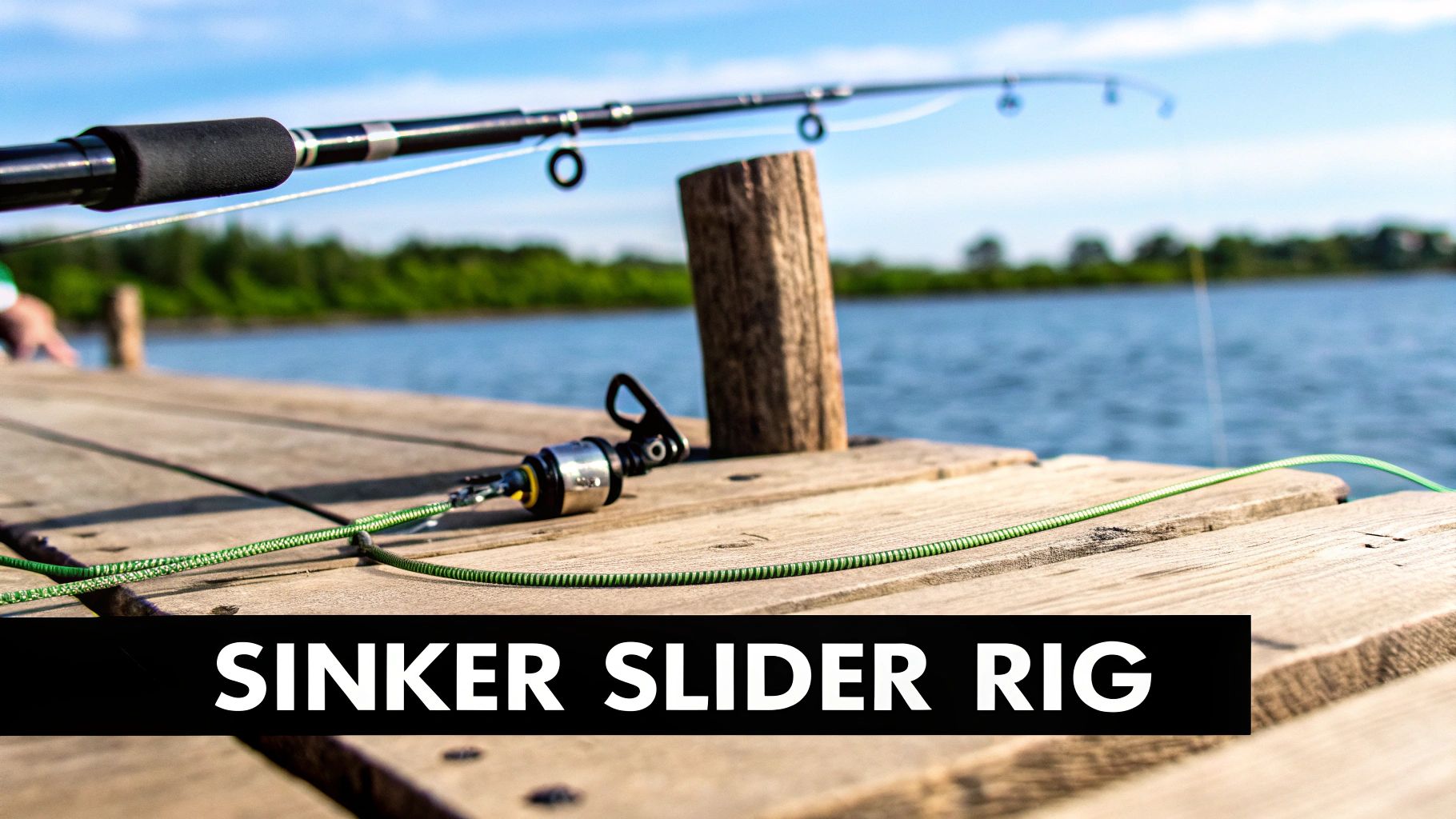
The real magic of the sinker slider rig lies in how it presents your bait. Your mainline slips right through the sinker slide, so your bait moves naturally in the water. This makes all the difference when you're targeting picky fish like spooky trout or wise old catfish.
This isn't just a setup for quiet ponds, either. I’ve used this rig everywhere, from still lakes to the powerful currents of a big river. Its versatility makes it a must-have in almost any bait fishing situation.
Unmatched On-the-Water Adaptability
One of the biggest wins is how fast you can change sinker weights. There’s no need to cut your line and retie everything just because the current picked up. You just unclip the weight and snap on a heavier one.
Think about a day on the river when conditions change in an instant. It's no surprise that many seasoned anglers spend 75% of their fishing time with a sinker slider tied on. When runoff increases the flow, you can switch from a 2-ounce pyramid to a 5-ounce sputnik in under a minute.
This quick change keeps your bait locked in the strike zone. You can see why anglers trust this setup in varied conditions for a great visual breakdown.
The key takeaway is simple: the rig allows fish to commit to the bait fully before feeling any resistance. This leads to deeper hooksets and fewer lost fish.
Learning this rig is more than memorizing a new knot; it’s about adopting a smarter strategy. It sharpens your bite detection and gives you the power to adapt on the fly. This is what separates a good angler from a great one.
Here’s a quick rundown of what makes the sinker slider so powerful.
Sinker Slider Rig Advantages at a Glance
| Advantage | How It Helps You Fish |
|---|---|
| Superior Bite Detection | You feel the lightest pickup directly since the line slides freely, bypassing sinker resistance. |
| Natural Bait Presentation | Allows the bait to move with the current, tricking even the most cautious fish. |
| Quick Weight Changes | Adapt to changing currents or depths in seconds without re-tying the entire rig. |
| Reduced Line Twist | The swivel acts as a buffer between your mainline and leader, preventing annoying twists. |
| Increased Hook-Up Ratio | Fish hold the bait longer and move off with it, leading to more solid, deeper hooksets. |
In short, the sinker slider rig solves common problems bait anglers face. This makes it an incredibly reliable choice for both freshwater and saltwater fishing.
Gathering Your Essential Rig Components
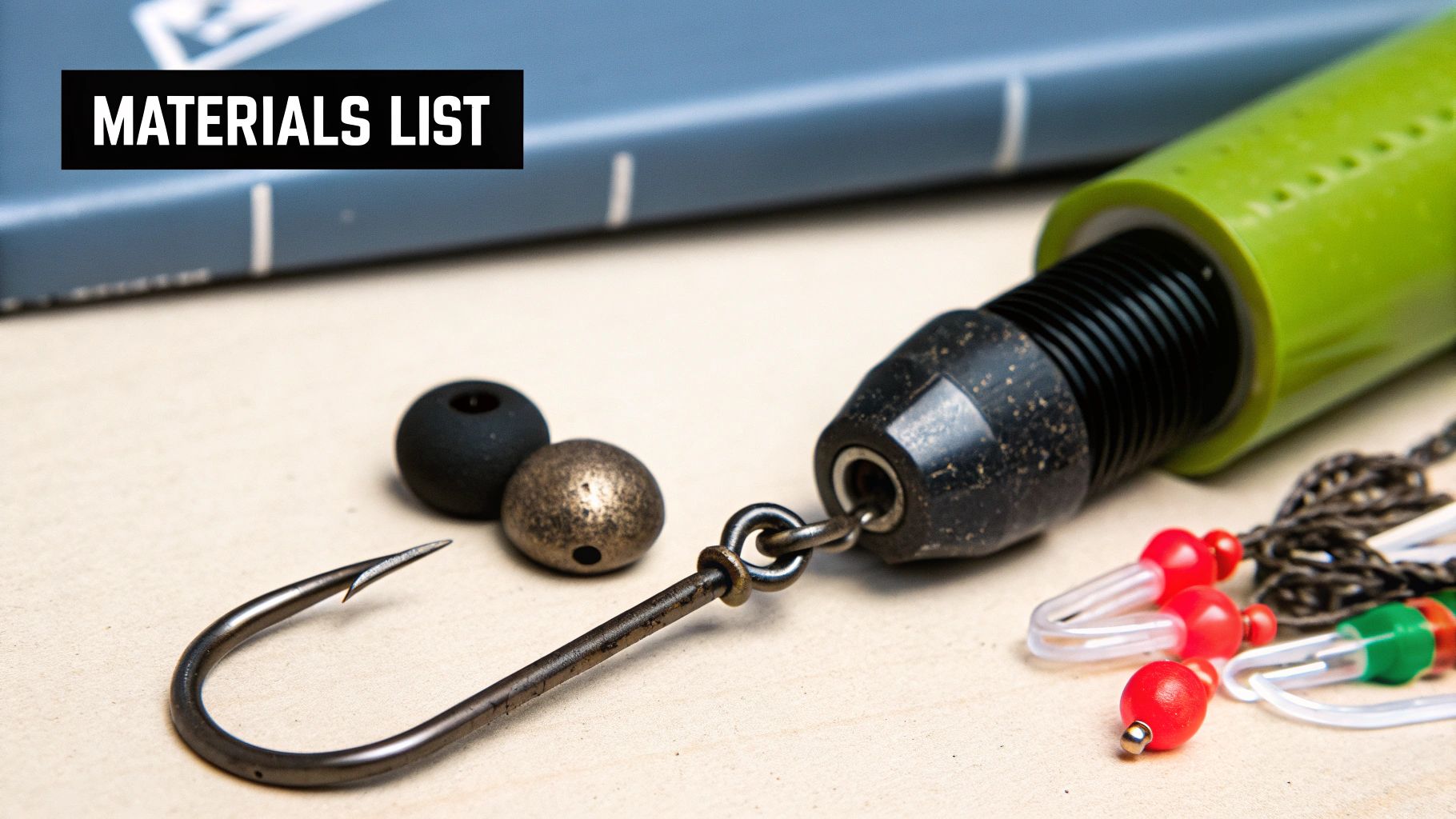
Before you tie your first sinker slider rig, you need the right gear laid out. Knowing what you need helps you get in and out of the tackle shop with confidence. Every piece of this rig plays a critical part in its performance.
The heart of the setup is the sinker slide itself. Simple plastic sleeve styles are fine for light-tackle situations like fishing for trout. If you’re chasing bigger fish or dealing with strong current, grab heavy-duty models.
Selecting Your Core Components
Today's sinker slides are precision components designed for muscle and sensitivity. Many beefier versions come with stainless steel snaps tested to handle up to 110 pounds. This makes them a no-brainer for powerful saltwater species like striped bass.
These newer slides are built to let you feel even the slightest tap. You can discover more insights about these high-strength connectors to see how they improve bite detection. Of course, the slide is just one part of the puzzle.
- Sinker Style: The sinker you pick depends on the bottom you're fishing. A pyramid or bank sinker is my go-to for digging into sand or mud. If I'm fishing a rocky bottom, I’ll switch to a teardrop sinker to reduce snags.
- Leader Line: I almost always use a fluorocarbon leader. It's practically invisible underwater, which gives you a real edge against line-shy fish.
- Swivel: Don’t cheap out on the swivel. A quality barrel or ball-bearing swivel is essential for preventing line twist.
- Bead: This little plastic bead is your knot's best friend. It acts as a buffer, protecting your knot from the sliding sinker.
Tying the Perfect Sinker Slider Rig
Putting together a sinker slider rig is a piece of cake. You’ll be able to whip one up in less than a minute once you've tied a few. The magic is its simplicity: the sinker glides freely on the main line.
The first step is always the same. Take the tag end of your main line and thread it right through the sleeve on your sinker slide.
Next, slide a small plastic bead onto the line after the sinker slide. This little bead is a shock absorber, protecting the knot at your swivel.
This graphic lays it all out visually. It's a simple, three-part assembly that just works.
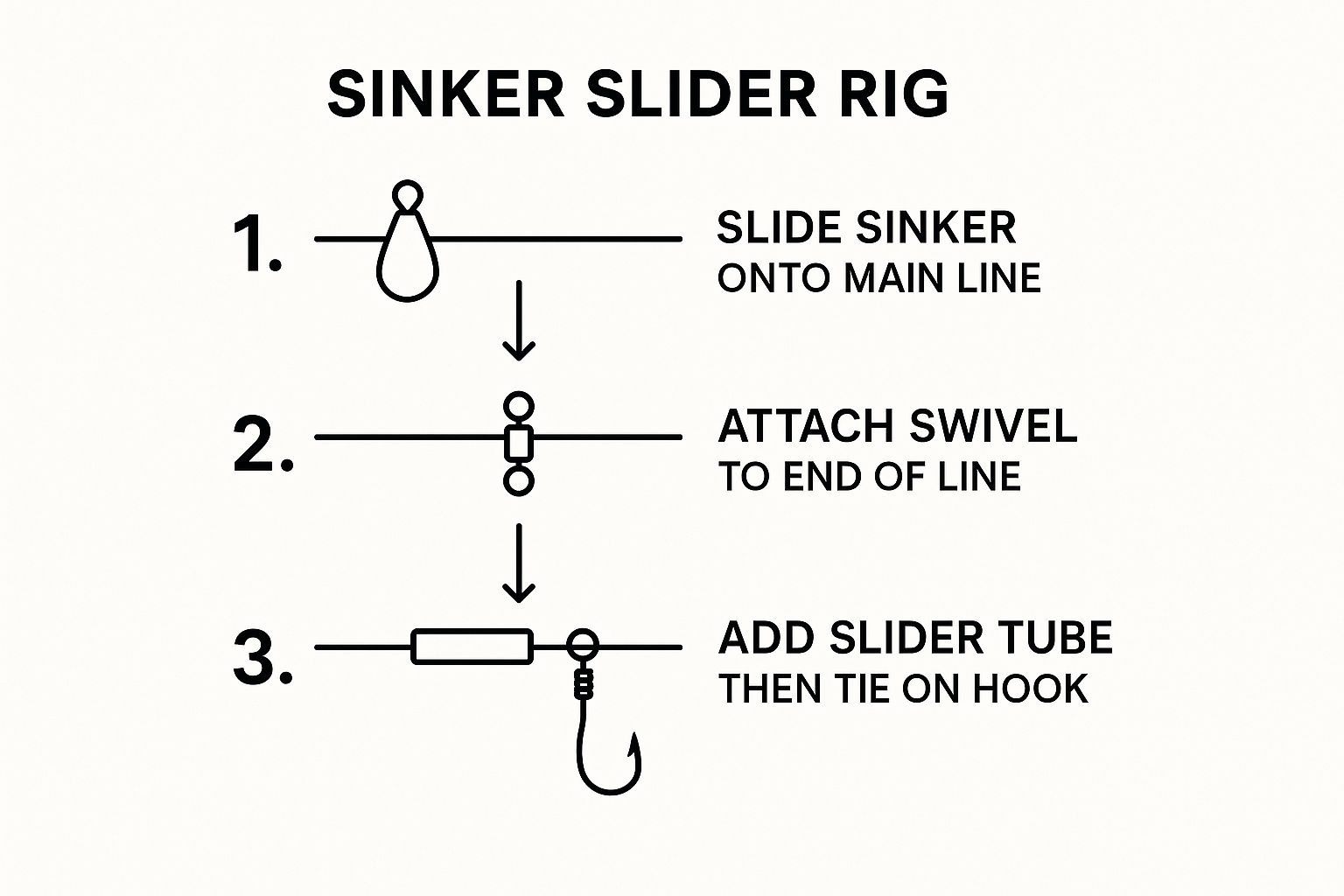
As you can see, the order matters. Once the slide and bead are in place, tie a quality swivel to the end of your main line. I’m a big fan of the Palomar knot here—it's strong and reliable.
Connecting Your Leader and Hook
With the main line set, it's time to build the business end of the rig. The leader connects your hook to the swivel. Its length is everything for presenting your bait naturally.
For much of my freshwater fishing, a leader length between 18 and 36 inches is the sweet spot.
- Step 1: Tie your leader material to the open end of the swivel.
- Step 2: Decide on your hook and tie it securely to the other end of the leader.
That's it. You're ready to bait up and cast out. The improved clinch knot is another excellent, easy-to-tie option for your hook.
Here's a pro tip: Think of your leader length as a tuning knob. A shorter leader pins the bait closer to the bottom, which is great in heavy current. A longer leader gives buoyant baits room to float up and become more visible.
Putting Your Sinker Slider Rig to Work
Having a perfectly tied sinker slider rig isn't enough. Knowing how to fish it is what actually puts fish in the boat. It all starts with the cast.
You want to use a nice, easy lobbing motion. A snappy cast creates a helicopter effect, tangling your leader around the mainline. A smooth, controlled cast keeps everything straight and tangle-free.
Once your sinker hits the bottom, place your rod in a rod holder. Point the tip slightly skyward, reel in to feel the weight, then give a little slack. This slight bow in your line is the secret to letting a fish run without feeling resistance.
Reading the Bite and Setting the Hook
This is where feel and patience come into play. You’ll learn to tell the difference between a small nibble and a real takedown. A serious bite isn't a jarring smack with this rig.
You'll see that slack line you left out begin to slowly tighten up. This happens as the fish moves away with your bait.
Don't get jumpy and set the hook on the first little tap. I've learned that's a recipe for pulling the bait right out of their mouth. You need to wait for the rod tip to load up and pull down with steady pressure.
Once you see that, it's go-time. Reel down to take up the remaining slack and give the rod a long, sweeping hookset. This patient method lets the fish fully commit, and your hookup rate will skyrocket.
After a solid hookset, you'll want a quality way to keep your catch fresh. If you're looking for a better solution than a clunky cooler, see our guide on why you need a fish kill bag.
This style of fishing has deep roots, especially for anglers on the Great Lakes. Out there, it’s common to use sinkers from 0.5 to 1 ounce to stay connected to the bottom. To get more history, read how these rigs changed the game at Midwest Outdoors.
Troubleshooting Your Sinker Slider Rig
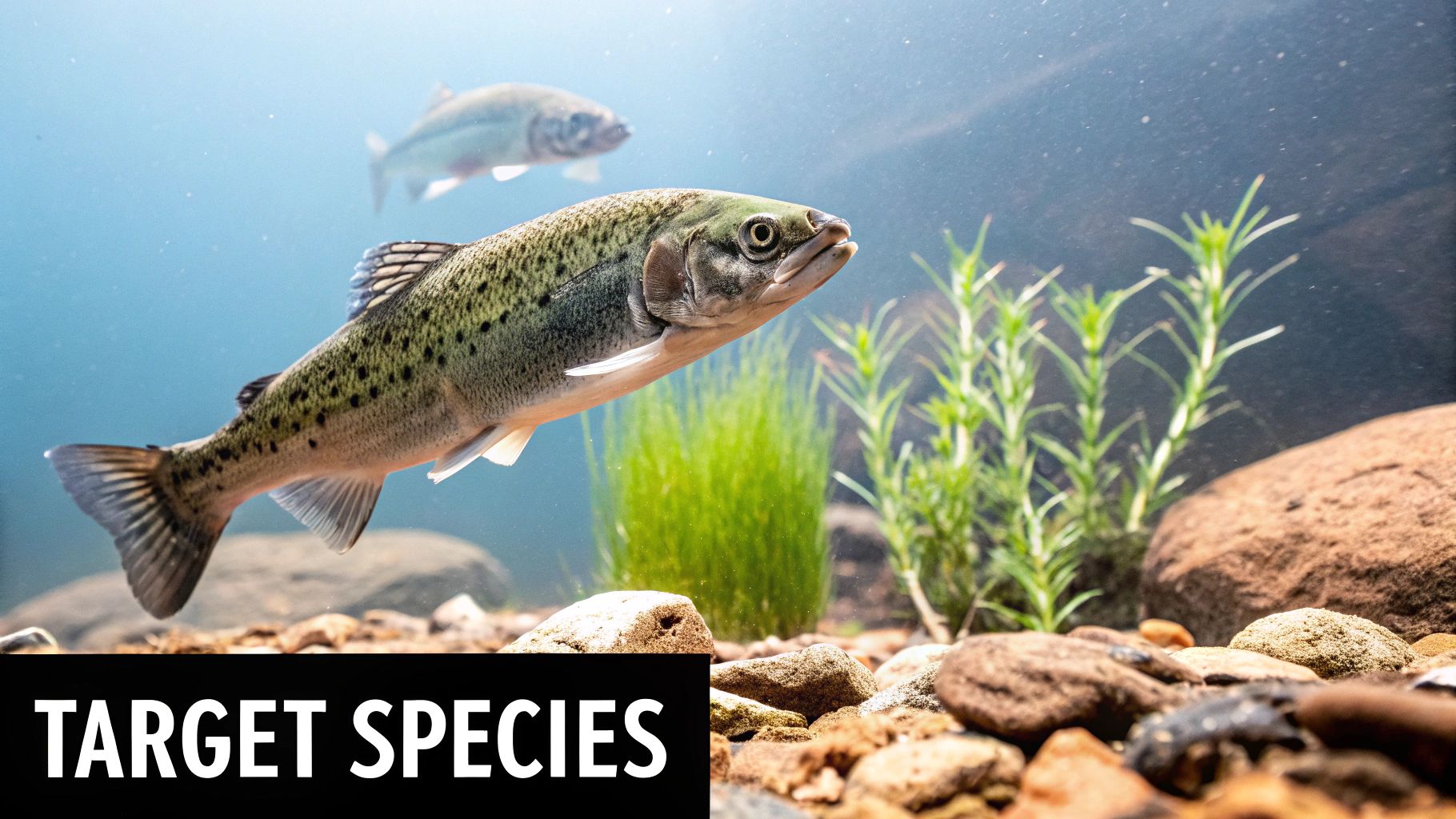
Even the best-tied sinker slider rig can give you grief. We’ve all been there—a perfect day gets sidetracked by frustrating line twists. When this happens, it’s almost always one of two things.
First, check your swivel. A cheap, undersized swivel won't spin properly, causing tangles. The other culprit is usually the cast itself.
A jerky, hard cast makes the rig helicopter. Focus on a smooth, lobbing motion to keep your leader and sinker flying straight.
When the Bite Goes Cold
Not getting bites? Don't just assume the fish aren't feeding. A small adjustment to your presentation can make all the difference.
My first move is to play with the leader length. If I’m using buoyant bait, a longer leader lets it float up higher. But if I need to keep bait pinned to the bottom, I'll shorten it up.
If that doesn't work, swap out your bait or add some scent. A simple color change or a dab of fish attractant can be all it takes.
The biggest mistake you can make is stubbornly sticking with a setup that isn't working. Great anglers are always observing, thinking, and adapting. Your rig is a tool, so don't be afraid to fine-tune it.
Beating Snags and Hang-Ups
Getting constantly snagged is another common headache. The fix is often as simple as changing your sinker style. That pyramid sinker is great for sand but is a snag-magnet in rocks.
Try switching to a cannonball or no-roll sinker. They are designed to glide over structure instead of digging in. This one small change will save you time, money, and frustration.
If you're tackling big water and want more advice, these deep sea fishing tips for beginners are a great place to start.
Got Questions? Let's Talk Sinker Slider Rigs
Even after you've tied a rig a dozen times, questions pop up. Getting small details right is often what separates a good day from a great one. Let's clear up some common hangups folks have with the sinker slider.
So, How Long Should My Leader Be?
This is probably the number one question, and the honest answer is: it depends. Think of your leader length as your bait's leash. You can either keep it short and tight or let it roam a bit.
The real trick is matching the leader length to the water conditions and the fish you're after. A short leader gives you control in moving water, while a long one offers a more natural presentation.
For fishing in rivers or strong tidal currents, I stick with a shorter leader. A length around 12 to 18 inches keeps my bait pinned down in the strike zone. This prevents the current from washing it out of position.
In still water, like a lake, I’ll often go much longer—somewhere in the 24 to 36-inch range. This extra length gives buoyant baits room to lift off the bottom. Don't be afraid to experiment to find what the fish want.
Can I Take This Rig to the Salt?
You absolutely can, and you should! The sinker slider is a killer setup for all sorts of saltwater species. The principle of letting a fish run with the bait without feeling weight is universal.
The only real change is beefing up your components for the saltwater environment.
- Go Corrosion-Resistant: Swap out standard swivels and slides for high-quality stainless steel versions.
- Boost Your Leader: Instead of light mono, you'll want a heavy-duty fluorocarbon leader. I typically use something in the 30 to 80-pound test range, depending on the target species.
At Boating Articles, we're obsessed with helping you get the most out of every trip. For more proven tips, deep-dive guides, and honest reviews that make a real difference on the water, swing by our site. You can explore all our resources at https://boating-articles.com and level up your fishing game.
